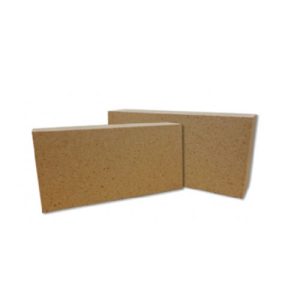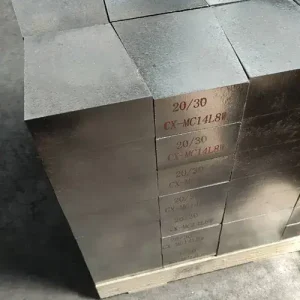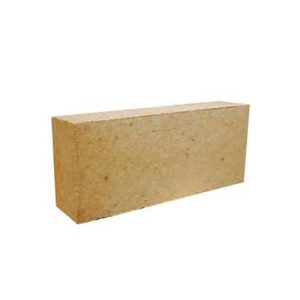The particle size of refractory mortar varies depending on the application requirements, with a generally limited particle size of less than 1 mm, and sometimes less than 0.5 mm or even finer. The material of the refractory mortar should be selected to be consistent with the material of the refractory products used in the masonry. Besides being used as a jointing material, refractory mortar can also be used as a protective coating for linings by applying or spraying.
Ordinary refractory mortar is primarily composed of three materials: refractory clinker, an appropriate amount of clay with relatively good plasticity, and a plasticizer. Chemically bonded refractory mortar utilizes hydraulic, air-hardening, or thermosetting binding agents as the binder. These agents undergo corresponding chemical reactions at relatively low temperatures to achieve hardening.
Refractory Mortar Application:
1. Excellent workability for easy application;
2. High bonding strength and strong corrosion resistance;
3. High refractoriness, reaching up to 1650°C ± 50°C;
4. Good slag resistance;
5. Excellent thermal spalling resistance. Refractory mortar is primarily used in coke ovens, glass furnaces, blast furnace hot blast stoves, and other industrial kilns.
Industries of application include: metallurgy, building materials, machinery, petrochemicals, glass, boilers, power generation, steel, cement, and others.





